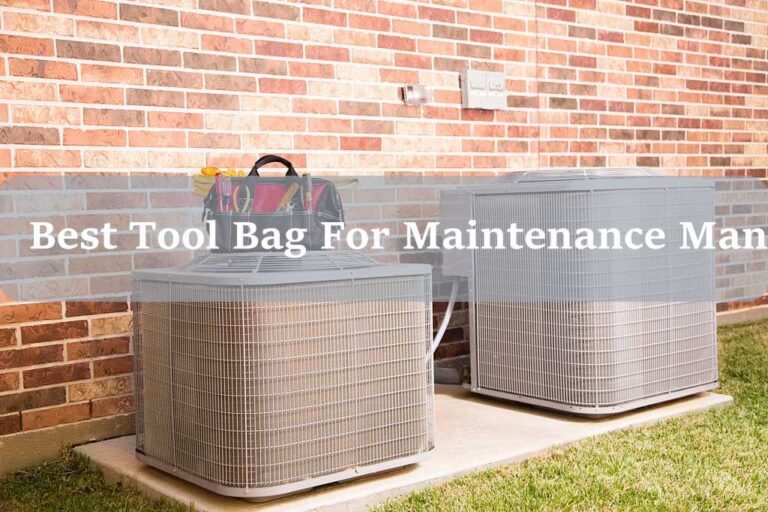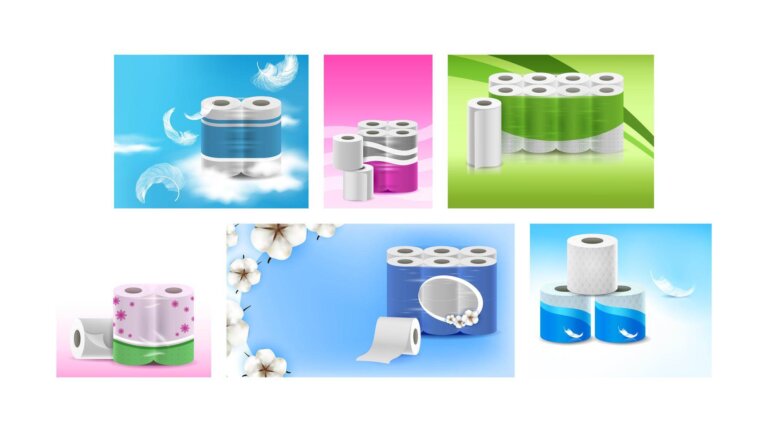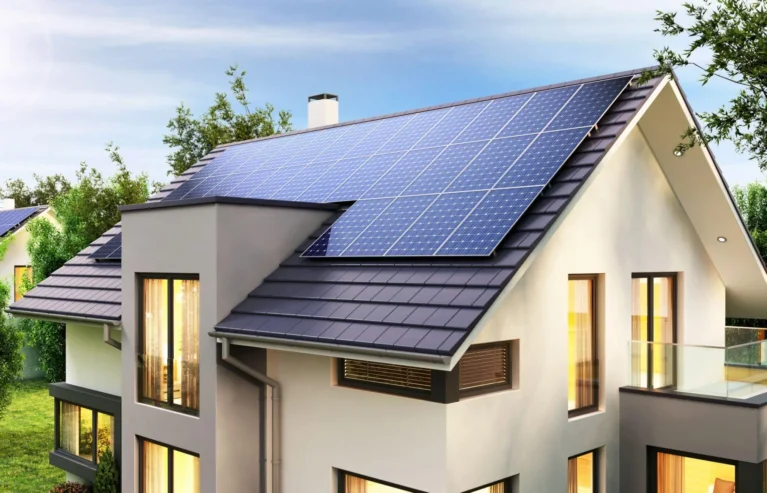The Ultimate Guide: How to Prepare Your Pool for a Refill
Last spring, I looked out at my pool and knew it was time for a change. The water, once sparkling and inviting, had become tired. My chemical bills were climbing, the Total Dissolved Solids (TDS) were through the roof, and a stubborn algae bloom just wouldn’t quit, making me wonder, should I drain my pool to get rid of algae? I knew a simple shock wasn’t going to cut it. I was facing the big one: a complete drain and refill.
It felt like a daunting task, but I decided to tackle it myself. I’m going to walk you through exactly how I did it, the lessons I learned, and the step-by-step process I followed. This is the complete guide on how to prepare your pool for a refill, turning a major chore into a rewarding project that will give you the best water you’ve had in years.
Key Takeaways
For those ready to dive in, here’s the game plan at a glance. This is the core process I followed for a successful pool refill:
- Decide if it’s Necessary: Only drain your pool for critical reasons like extremely high TDS, high cyanuric acid, major repairs, or severe algae you can’t otherwise kill.
- Safety First: Always check the weather and groundwater conditions before draining an inground pool to avoid the risk of it “popping” from hydrostatic pressure. When in doubt, call a pool professional.
- Drain Methodically: A submersible pump is your best and safest friend for this job. Never let your main pool pump run dry.
- Clean Thoroughly: An empty pool is a rare opportunity. Seize it to scrub every surface and inspect for cracks or tears.
- Refill with Care: Protect your pool’s surface as you refill and decide on your water source—be it a simple garden hose or a water delivery truck.
- Balance Patiently: Fresh water is a blank slate. Follow a specific order when adding new chemicals to build a stable, safe, and clear foundation for the swim season.
First Things First: When Should You Drain and Refill Your Pool?
Before you even think about finding the drain plug, you have to be sure a full refill is the right call. For me, the decision came after my pool store tested my water and told me the TDS level was over 3,000 ppm. At that point, chemicals become less effective, and you’re just fighting a losing battle.
You should consider a drain and refill if you’re facing:
- High Total Dissolved Solids (TDS): Over time, every chemical, piece of dust, and organic compound you add dissolves in the water. When TDS levels get too high (generally above 2,500-3,000 ppm), the water gets “stale,” cloudy, and hard to manage.
- High Cyanuric Acid (CYA): CYA, or stabilizer, is essential for protecting chlorine from the sun. But it doesn’t evaporate, and the only way to lower it is by dilution. Too much CYA (over 100 ppm) makes your chlorine slow and ineffective.
- Severe Algae Infestations: For a “black algae” infestation or a swamp-like situation where you can’t see the bottom, sometimes starting over is cheaper and more effective than a costly, multi-week chemical battle.
- Major Repairs: If you need to resurface, acid wash, or fix a tear in the liner, you’ll have to drain the pool anyway. This is the perfect time for a pool preparation that includes fresh water.
The best time of year for this project is during a dry, mild spell in the spring or fall when the water table is typically lower, reducing the risk to the pool structure.
Step 1: Safely Draining Your Pool – Choosing the Right Method
This was the part that made me the most nervous. I’d heard horror stories about hydrostatic pressure—pressure from groundwater—literally pushing an empty inground pool out of the ground.
CRITICAL SAFETY WARNING: Never leave an inground gunite or fiberglass pool empty for an extended period. The structure is designed to be supported by the weight of the water inside it. If you live in an area with a high water table or if it has rained recently, I strongly advise consulting a pool technician. It’s not worth the risk.
With that in mind, I checked the forecast for a clear week and got to work. Here’s how to empty a pool based on the equipment you have.
Method A: Using a Submersible Pump (My Recommended Method)
This is the method I used, and it’s the one I recommend for any Pool Owner. A submersible pump (or “sump pump”) is an independent electric pump you place at the deep end of your pool. It gives you full control.
- Rent or Buy a Pump: I rented one from a local hardware store. Make sure it has a good flow rate and get a discharge hose long enough to reach a designated drainage area.
- Check Local Regulations: Before you start, find out where you can legally drain thousands of gallons of chlorinated water. Many municipalities have rules against draining into storm drains. Phoenix’s guide on how to drain your pool recommends the sanitary sewer cleanout, which is what I used.
- Pump it Out: I dropped the pump into the deep end, ran the hose, and switched it on. The key is to monitor it, especially as the water gets low, to prevent the pump from running dry.
Method B: How to Drain a Pool Using the Pool Pump
If you don’t have a submersible pump, you can use your main pool pump. This is how to drain a pool using the waste setting on your multiport filter valve.
- Set your filter valve to “Waste.” This bypasses the filter and sends water out the backwash port.
- Connect a backwash hose and run it to your safe drainage area.
- Turn on the pump.
CRITICAL: You must watch this process closely. Once the water level drops below the skimmer, the pump will start sucking air and run dry, which can destroy it in minutes. This method is only good for partial drains or for draining the bulk of the water before switching to a submersible pump for the final foot or two.
Method C: How to Drain a Pool Without a Pump or Backwash (Siphoning)
For a small above-ground pool, you can use gravity. This is how to drain a pool with a hose. Simply attach one end of a garden hose to a faucet, place the other end in the pool, turn the water on until the hose is full, then detach the hose from the faucet, keeping the end low to the ground. Gravity will start a siphon. It’s slow, but it works.
Step 2: The Deep Clean – Preparing the Empty Pool Surface
With the pool finally empty, it looked huge and strange. But now the real pool preparation for summer has begun. This is your golden opportunity to clean surfaces that haven’t been exposed in years.
- Clear Out Debris: First, I removed the leaves and acorns that had settled in the deep end.
- Scrub the Surface: Using a pool brush and a simple cleaning solution (check with your Pool Supply Store/Brand for one that is safe for your surface), I scrubbed the walls and floor. The difference was immediate. For tough stains on my plaster, a more serious acid wash by a professional would have been the next step.
- Inspect for Damage: I walked every inch of the pool, looking for cracks in the plaster and checking the seals around the lights and drains. If you have a vinyl liner, this is the time to look for any small tears that could be patched.
Step 3: The Refill – Best Practices for Filling Your Pool
Seeing the clean, empty shell was satisfying, but it was time to get water back in it. The question is: what’s the best way how to fill pool with water?
Choosing Your Water Source: Garden Hose vs. Water Truck
You have two main choices to refill pool water: a garden hose or a water delivery service.
- Garden Hose: This is the most common and cheapest method. However, depending on your water pressure and pool size, it can take a long time. For a full breakdown, check out this guide on how long to fill a pool with a hose.
- Water Truck: This is much faster—your pool can be filled in hours, not days. The water is often pre-treated, which can make balancing easier. However, it’s more expensive. To explore this, see these alternatives to filling a pool with a garden hose.
I went with the garden hose method. From my experience, here’s a pro tip: Drape a clean, thick sock over the end of the hose and place it in the deep end. This prevents the high-pressure stream from digging a trench into your pool’s plaster or damaging a vinyl liner.
Step 4: The Final Balance – A Pool Start-Up Chemical Guide
Once the water level was back to the middle of the skimmer, I turned the pump on immediately to get the water circulating. Fresh water is a blank slate, and how you refill a pool chemically is critical. Adding Pool Chemicals in the wrong order can lead to weeks of frustration.
Here is the proper order for balancing new water, according to guidance from pool operation manuals like this one from the Arkansas Department of Health:
- Get a Baseline Test: Before adding anything, I tested the fill water for pH, alkalinity, and calcium hardness.
- Add a Stain & Scale Preventative: If you use well water like I do, or live in a hard water area, this is a non-negotiable first step. A sequestering agent binds to metals like iron and copper and prevents them from staining your newly cleaned surface.
- Adjust Total Alkalinity: Aim for 80-120 ppm. Alkalinity acts as a buffer for your pH, so getting it right first is key to preventing wild pH swings.
- Adjust pH: Once alkalinity is stable, adjust your pH to be between 7.4 and 7.6.
- Adjust Calcium Hardness: For my plaster pool, I aimed for 200-400 ppm to protect the surface from etching.
- Add Chlorine: Now it’s time to sanitize. I shocked the pool with a double dose to overcome any initial contaminants and establish a chlorine residual.
- Add Cyanuric Acid (Stabilizer): Once the chlorine level was stable, I added stabilizer to protect it from the sun, aiming for 30-50 ppm.
You’ll need to know your pool’s volume for accurate dosing. If you don’t know it, you can learn how to calculate pool volume in gallons here.
Pool Refill FAQ: Your Questions Answered
How often should a pool be drained and refilled?
For most pools, a drain and refill is only necessary every 5-7 years. The main driver is when your TDS or CYA levels become too high to manage effectively.
How long does it take to refill a pool?
With a typical garden hose, it can take anywhere from 12 to 48+ hours, depending on your pool size and water pressure. A water delivery truck can do it in just a few hours.
What chemicals do I need to add after refilling my pool?
You will need a sequestering agent (especially for well water), alkalinity increaser, pH increaser/decreaser, calcium hardness increaser, chlorine (shock), and cyanuric acid (stabilizer).
How can I prevent damage to my pool’s surface during the draining process?
The biggest risk is hydrostatic pressure. Avoid draining after heavy rains. For inground pools, don’t leave them empty for more than a day or two. When refilling, cushion the end of the hose to prevent it from damaging the surface.
Is it safe to refill my pool with a garden hose?
Yes, it is perfectly safe. Just be aware that your municipal water contains different levels of minerals, so testing the new water before adding chemicals is crucial.
Can I use well water to refill my pool?
Absolutely. I used well water myself. However, it often contains high levels of metals and minerals. It is essential to add a metal sequestering agent as the very first chemical step to prevent staining.
Conclusion
Draining and refilling my pool was one of the biggest projects I’ve taken on as a Homeowner, but the result was worth every bit of effort. The water is now clearer and softer than it has been in years, and it’s incredibly easy to keep balanced. The entire Refill Objective was met.
By following a safe draining procedure, taking the time to deep clean the surface, and patiently rebalancing the new water, you can give your pool a fresh start. It’s a reset button that will pay dividends all summer long with sparkling, trouble-free water.






